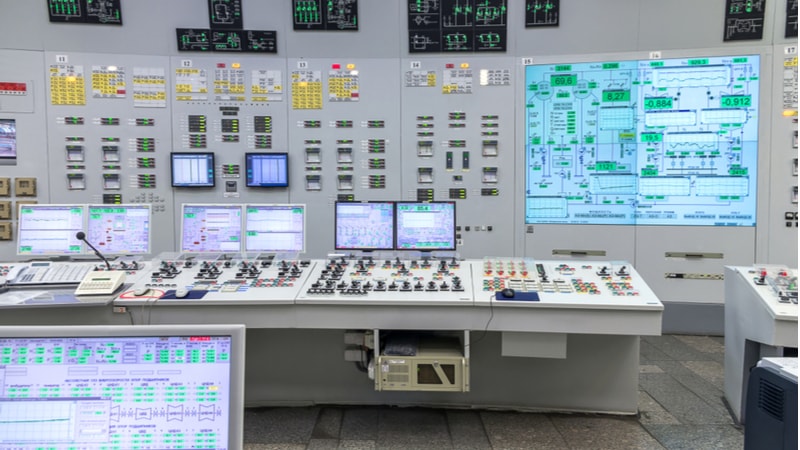
James Wolff, chief information officer (CIO) at the National Nuclear Security Administration (NNSA), explained this week that modernization of the agency’s IT functions is at the top of the list of priorities, and how cloud services fit into that picture.
Speaking on September 14 at an event organized by Federal News Network, Wolff explained that while NNSA does not have a formal cloud strategy, part of the agency’s modernization plan is rooted in taken advantage of cloud services.
“We actually don’t have a specific cloud strategy,” Wolff said adding, “we are more focused on modernization than we are on a specific type of technology.”
“But we do have priorities when it comes to cloud,” he continued. “I believe that the Federal cloud computing strategy is a very smart strategy that we refer to as ‘cloud spark.’” The Federal strategy finalized in 2019 also represents “a recognition that there are multiple different ways to employ technology,” the CIO said.
As part NNSA’s strategy to modernize, Wolff explained, that there has been a push for more commercialized tools at the classified side of networks to mirror the public networks competitive marketplace.
“When you go to the national security side, and you start dealing more with the classified systems, there’s not a robust commercial market,” he said. “A lot of it is still driven by government standard and government involvement.”
“That’s why I’m so excited to see DoD [Defense Department] pushing forward into a commercial cloud, so that we create more of a marketplace where there’s competition where there’s more tool sets, and more capabilities that we can bring to the cybersecurity mission, and we can mirror what is happening on the unclassified on the other classified networks that we have,” said Wolff.
The CIO also noted that remote work practices that have taken hold during the coronavirus pandemic have changed the work culture at NNSA, and become a contributing factor to how the agency modernizes.
“We do have a lot of remote workers,” Wolff said, but he added he is beginning to see a shift in sentiment as the pandemic appears to ebb. “What I’m seeing is actually a kind of a shift in how people work, it could be any business function, but people are starting to come to work more because of the community,” he said.
“They’re coming in on common days with their teams, so that they build collaboration, and they build culture within a team,” Wolff said. “And then we also have a lot of people that are coming in for specific classified work,” he added.
